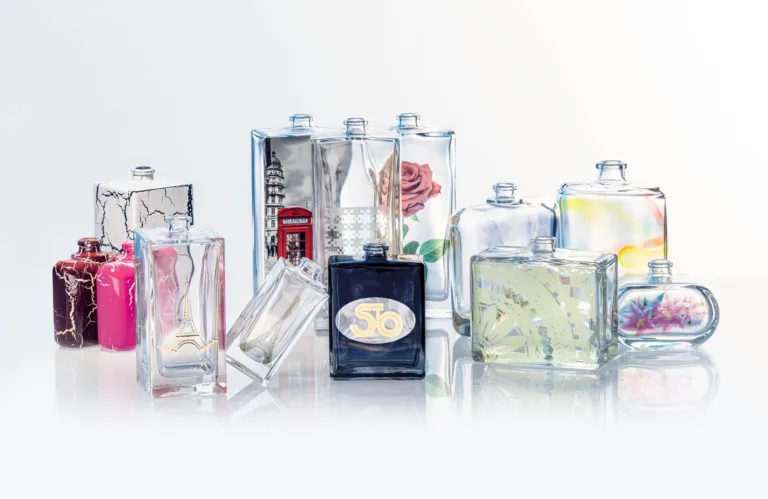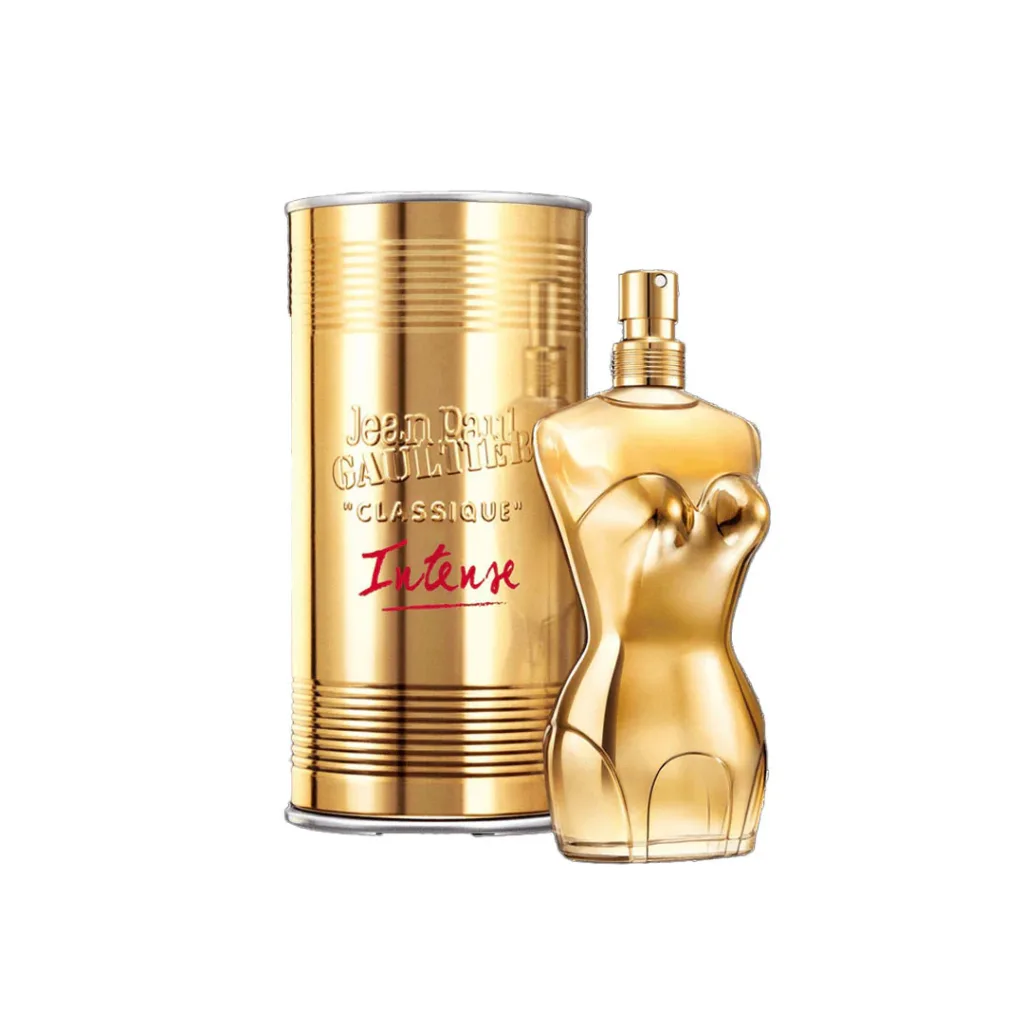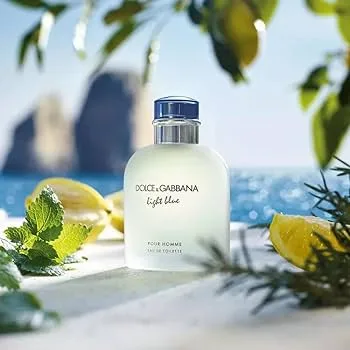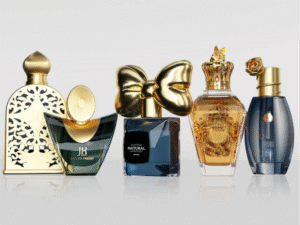Perfume bottle designs are much more than just containers for fragrance—they are works of art that reflect the identity and ethos of the perfume within. From sleek, minimalist designs to elaborate and whimsical shapes, perfume bottles have become iconic symbols of luxury, sophistication, and creativity. In some cases, the bottle design itself becomes as recognizable and beloved as the fragrance it holds. The concept of a timeless design is not just about aesthetics but about how a bottle transcends trends to remain relevant, collectible, and visually appealing across generations.
This post explores the top 10 iconic perfume bottles and their timeless designs, delving into the artistic and functional aspects of each bottle. We’ll also discuss what makes a perfume bottle iconic, how trends in bottle design have evolved through the decades, and what the future holds for this captivating aspect of the fragrance industry. Whether you are a perfume enthusiast, a designer, or a marketer, this article will provide deep insights into the intersection of fragrance and design.

1. Chanel No. 5: The Epitome of Elegance
Chanel No. 5 is more than just a perfume; it’s a cultural icon. Released in 1921, the minimalist rectangular glass bottle, with its perfectly proportioned lines and simplistic design, exudes an aura of timeless sophistication. The bottle, designed by Coco Chanel herself, has remained virtually unchanged, emphasizing how simplicity can be the ultimate luxury. This design revolutionized perfume packaging, steering away from the ornate designs of the early 20th century and laying the foundation for modern, sleek aesthetics.
Noteworthy Design Features:
- Shape: Rectangular, minimalistic
- Cap: Square with beveled edges
- Material: Clear glass
- Historical Significance: This bottle set the standard for modern perfume design, favoring elegance over opulence.

2. Shalimar by Guerlain: A Nod to Romance
Launched in 1925, Shalimar’s design is inspired by the romantic gardens of the Taj Mahal. Its unique, fan-shaped stopper and rounded body represent both sensuality and the exoticism of its oriental scent. The name “Shalimar” itself is tied to the Shalimar Gardens, emphasizing love and mystery.
Design Highlights:
- Shape: Curved, representing femininity
- Cap: Blue fan-shaped stopper
- Material: Clear glass with gold detailing
- Cultural Impact: Embodied the allure of orientalism in the early 20th century.

3. Jean Paul Gaultier Classique: Feminine and Bold
Introduced in 1993, Jean Paul Gaultier’s Classique is instantly recognizable due to its bottle shaped like a female torso. The design plays on the concept of corsetry, a nod to the designer’s fashion roots. With soft, curvaceous lines and a sensual aesthetic, this bottle encapsulates feminine strength and beauty in one iconic form.
Design Features:
- Shape: Female torso
- Material: Frosted glass with pink or beige tones
- Cap: Silver, crown-like spray nozzle
- Brand Identity: Boldly embodies Gaultier’s vision of sensual, avant-garde fashion.

4. Dior J’adore: A Golden Symbol of Luxury
Dior’s J’adore bottle, released in 1999, captures opulence and sensuality. Its long, slender neck and tear-shaped body evoke elegance, while the gold accents around the bottle highlight luxury. The design is inspired by ancient amphoras, vessels used in ancient Greece and Rome, giving it a timeless, classical appeal.
Design Highlights:
- Shape: Elongated, tear-shaped
- Cap: Gold-accented with a round top
- Material: Clear glass with gold trim
- Design Influence: Classical elegance meets modern luxury.

5. Opium by Yves Saint Laurent: An Exotic Icon
YSL’s Opium, launched in 1977, has a design that is rich with oriental motifs. The deep amber tones and round, lacquered bottle are reminiscent of Asian snuff bottles. Opium’s design hints at the mysterious, exotic nature of its fragrance, which is known for its deep, spicy notes.
Key Design Elements:
- Shape: Rounded, inspired by snuff bottles
- Cap: Gold detail with a small red tassel
- Color: Deep amber
- Cultural Impact: Evokes the exotic and decadent allure of the East.

6. Viktor & Rolf Flowerbomb: Feminine Explosion
Flowerbomb, launched in 2005, features a design that is both playful and powerful. The grenade-shaped bottle with its faceted edges juxtaposes the softness of its floral scent. The bottle is a statement of the explosive nature of femininity, combining strength and beauty in an instantly recognizable form.
Design Highlights:
- Shape: Faceted grenade shape
- Cap: Metal spray with a small pink ribbon
- Material: Clear glass with rose tones
- Symbolism: Represents a ‘floral explosion’ with a powerful design.

7. Mugler Angel: The Star of Perfume Design
Thierry Mugler’s Angel, introduced in 1992, breaks convention with its star-shaped bottle. The sharp edges and geometric form reflect Mugler’s futuristic aesthetic, while the light blue color suggests the ethereal and celestial nature of the perfume itself. This bottle redefined perfume packaging, making it more like a collectible art piece.
Design Features:
- Shape: Star
- Color: Light blue
- Material: Clear glass
- Cultural Impact: Revolutionized perfume bottle design with its sculptural form.

8. Lancôme Trésor: The Essence of Love
Lancôme’s Trésor, launched in 1990, features a diamond-shaped bottle with soft curves and delicate peach tones. Its design reflects love, intimacy, and treasured memories. The bottle’s form is inspired by the idea of a treasure, giving it a romantic and sentimental appeal.
Key Design Features:
- Shape: Diamond-shaped with soft curves
- Cap: Pyramid-shaped stopper
- Color: Soft peach
- Design Message: Captures the essence of romance and emotional warmth.

9. Dolce & Gabbana Light Blue: A Mediterranean Breeze
Light Blue by Dolce & Gabbana, introduced in 2001, features a simple and understated design that embodies freshness and vitality. The pale blue cap and frosted glass bottle represent the Mediterranean sea and sky, making it synonymous with carefree summer days and youthful energy.
Design Elements:
- Shape: Rectangular
- Cap: Pale blue
- Material: Frosted glass
- Inspiration: A fresh, clean design reflecting the Mediterranean lifestyle.

10. Marc Jacobs Daisy: Whimsical and Playful
Marc Jacobs’ Daisy, launched in 2007, is characterized by its playful design featuring oversized plastic daisies that surround the cap. The bottle’s whimsical, youthful design is a perfect representation of the fresh, floral scent inside. It’s become a staple in perfume design due to its fun, light-hearted nature.
Design Features:
- Shape: Round, with oversized daisies on the cap
- Cap: Gold with white and yellow daisies
- Material: Clear glass with gold accents
- Design Message: A fun, carefree take on perfume packaging

Perfume Bottle Designs: Trends Through the Decades
Perfume bottle design trends often mirror broader cultural and artistic movements. Here’s a look at how trends have evolved:
1920s-1940s: Art Deco Influence
The early 20th century saw intricate, ornate designs influenced by Art Deco, as seen in Shalimar by Guerlain.
1950s-1970s: Sleek and Feminine
Post-war designs became more streamlined and feminine, focusing on simplicity and elegance.
1980s-2000s: Bold and Playful
This era introduced bold, playful designs like Mugler’s Angel and Jean Paul Gaultier Classique, reflecting the decade’s penchant for daring fashion.
Present Day: Minimalist and Eco-Friendly
Today, the focus is on minimalist designs that are eco-friendly and sustainable, reflecting a modern consumer’s environmental consciousness.
Conclusion
Perfume bottles are much more than containers; they are expressions of art, culture, and identity. From Chanel No. 5’s timeless elegance to Mugler’s futuristic star, these iconic bottles have shaped the way we experience fragrance. Whether through innovative shapes or lasting brand identity, these designs prove that true artistry transcends time.



